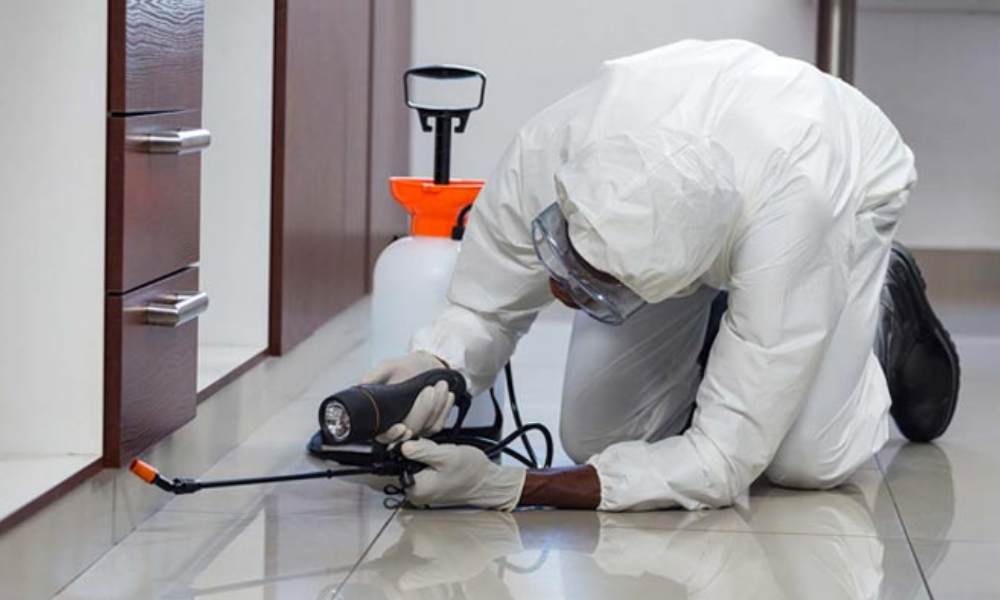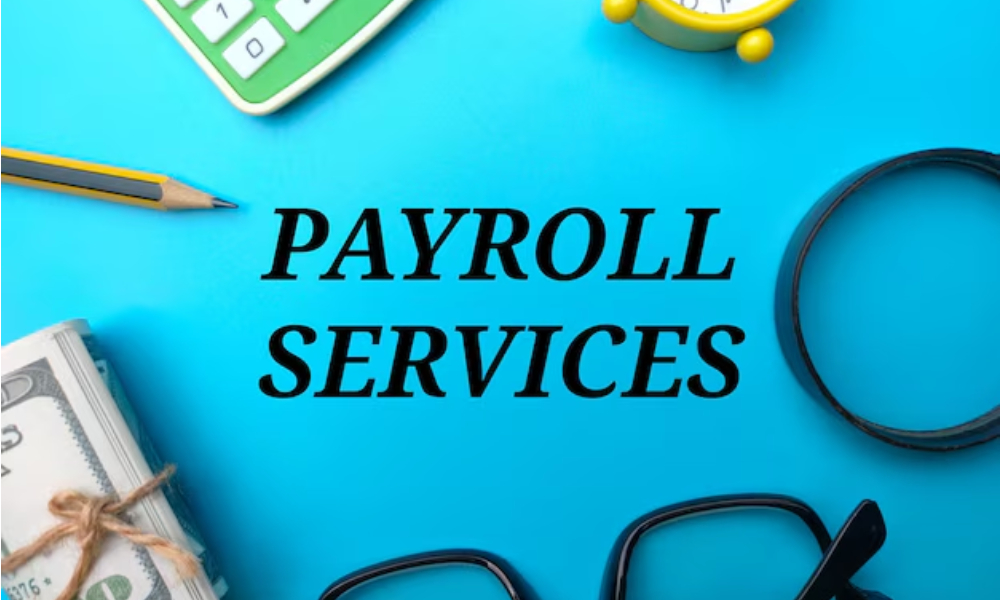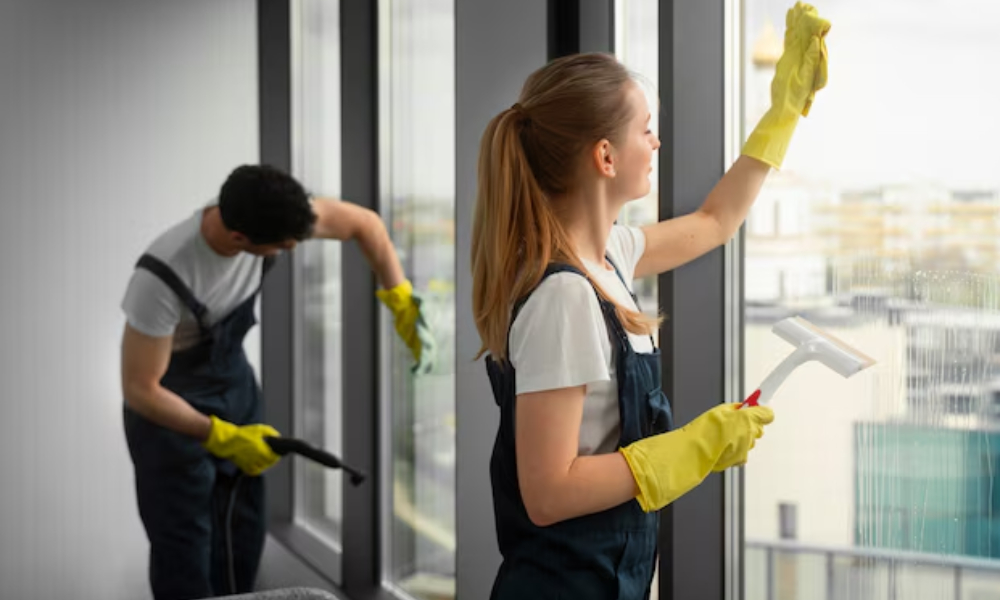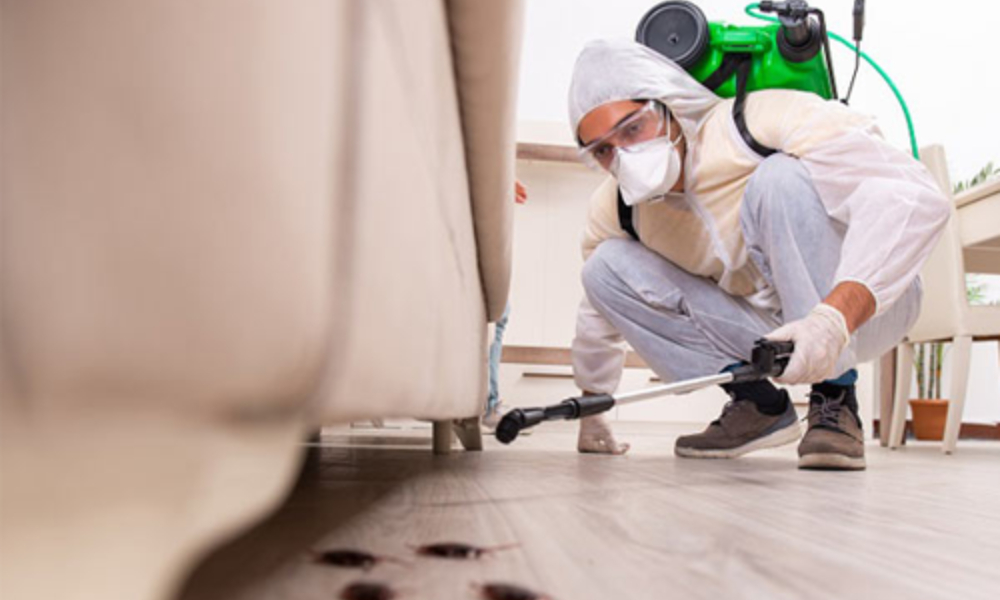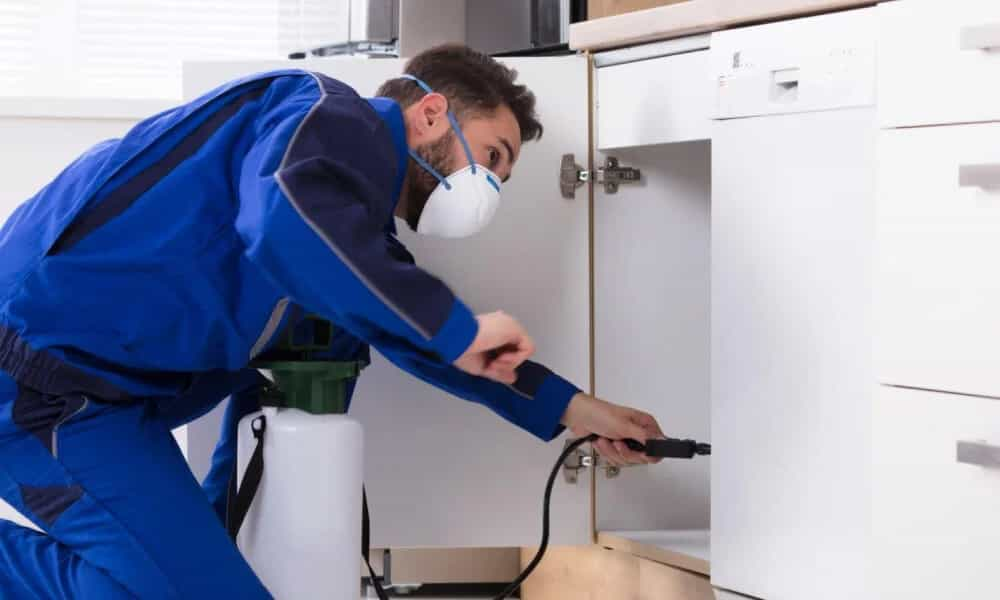Residential Pest Control in Delhi NCR: Your Complete Guide
Delhiâ¯NCR’s bustling urban sprawl is home to millions—each navigating crowded neighborhoods, fluctuating weather patterns, and evolving infrastructure. While this vibrancy fuels economic growth, it also creates fertile ground for household pests. From cockroaches hiding in your kitchen to termites silently devouring woodwork, pests pose significant threats to health, hygiene, and property integrity. That’s why it’s essential to understand the importance of professional residential pest control in Delhiâ¯NCR, the range of effective treatments available, and how to arm your home against future invasions.
---
1. Why Residential Pest Control Matters in Delhiâ¯NCR
Delhiâ¯NCR is characterized by diverse housing—high-rise apartments, independent homes, gated colonies, and older constructions. Combined with monsoon cycles, intense humidity, and frequent influx of goods and people, these conditions can trigger pest problems. Whether it’s mosquitoes spreading dengue in rainy season or termites breaching wooden beams, even minor infestations can escalate quickly in urban settings.
Here’s why investing in professional pest control goes beyond mere convenience:
- Health & Safety: Many pests carry harmful microorganisms. Cockroaches can trigger allergies and spread diarrhea pathogens; rodents carry leptospirosis and salmonella; mosquitoes transmit dengue, malaria, and chikungunya.
- Home Protection: Termites and rats can cause serious structural damage—leading to costly repairs and safety risks.
- Hygenic Living: Regular pest activity can leach toxins into food, contaminate surfaces, and lower resident wellâÂÂbeing.
- LongâÂÂTerm Savings: Routine treatments and preventive strategies can avert expensive fixes down the line.
Professionally trained technicians apply scienceâÂÂbacked treatments and offer customized plans tailored to Delhiâ¯NCR’s climate, pests, and housing patterns—ensuring your home remains safe, sanitary, and secure.
---
2. Common Household Pests & Their Risks
2.1 Cockroaches
Roaches thrive in damp, concealed spaces—under sinks, drains, and behind appliances. They spread disease, provoke allergic reactions, and are notoriously difficult to eliminate due to rapid reproduction.
2.2 Mosquitoes
Breeding in stagnant water, mosquitoes are a continuous threat—especially during the monsoon. They carry serious diseases, and controlling them effectively involves larvicidal treatments and fogging.
2.3 Termites
Often called “silent destroyers,” termites can chew through wooden classes, furniture, flooring, and even structural beams without visible signs—until damage becomes extensive.
2.4 Rats & Mice
Rodents flourish in urban settings, contaminating food supplies, gnawing on wires, and spreading disease. They’re intelligent and wary, making elimination challenging without targeted strategies.
2.5 Bed Bugs & Ants
Bed bugs hide in sockets, bed seams, and furniture nooks—and emerge at night to feed. Ants, especially kitchen-invading species, contaminate food and form stubborn colonies.
---
3. Professional vs. DIY: Which is Better?
StoreâÂÂbought sprays, baits, and traps might provide a temporary reprieve, but more serious infestations require technical expertise.
- Effectiveness: Professionals identify pest types, nesting zones, and life cycles—allowing for precise, tailored interventions.
- Safety: Certified pros use lowâÂÂtoxicity, governmentâÂÂapproved chemicals and follow strict safety protocols, including protective gear and proper ventilation.
- LongâÂÂTerm Solutions: Treatment plans often include followâÂÂups, warranties, and seasonal maintenance—ensuring longâÂÂterm results.
- Regulatory Compliance: Licensed operators follow local regulations, offer proper chemical documentation, and include safety data sheets (MSDS).
---
4. Types of Residential Pest Control Services
4.1 General Pest Control
Covers roaches, ants, spiders, and rodents using chemical sprays, baits, traps, and dusts. Ideal for quarterly treatments to maintain a pest-free environment.
4.2 Termite & Wood Treatment
Covers preâÂÂconstruction protection and postâÂÂconstruction spot treatments. Includes chemical injections, baiting systems, and yearly monitoring.
4.3 Mosquito & Flying Insect Control
Includes aerial ULV fogging, residual sprays around water bodies and entry points, combined with larvicidal application to stagnant ponds and drains.
4.4 Bed Bugs & Fleas
Surface treatments, steam cleaning, and meticulous inspections of mattresses, furniture seams, carpets, and cracks to root out hidden nests.
4.5 Rodent Management
Strategic placement of snap traps, electronic bait stations, sealing entry points, and followâÂÂup inspections to prevent reâÂÂinfestation.
4.6 Disinfection & Sanitization
PostâÂÂtreatment hygiene services—like COVIDâÂÂera fogging—eliminate microbial risks and add freshness to your home environment.
---
5. The Pest Control Journey: Step by Step
- Booking & Assessment: A technician conducts an on-site or virtual inspection, noting pest signs and environmental factors.
- Quotation: Based on findings, you receive a detailed plan—itemizing chemicals, tools, estimated cost, time, and preparatory guidance.
- Treatment: Technicians use PPE to apply sprays, traps, baits, or dusts. Mosquito work may involve ULV fogging; termite jobs often use drilling or injection techniques.
- Ventilation & Cleanup: Post-treatment, areas are ventilated, residue is cleared, and waste (like dead pests) is carefully removed.
- FollowâÂÂUp: Insect and termite treatments often include 30–90âÂÂday callback visits or re-treatment to ensure total eradication.
- Warranty & Maintenance: Treatments are usually backed by guarantees, along with scheduled preventive maintenance every quarter or year.
---
6. Choosing the Right Service
- Licenses & Certifications: Validate operator credentials, MSDS availability, and CIB approval.
- Regional Experience: Choose providers familiar with Delhiâ¯NCR climate cycles, pest patterns, and seasonal trends.
- Safe Chemicals: Preference should be given to lowâÂÂodor, lowâÂÂtoxicity, government-approved products like pyrethroids, fumigants, and botanical agents.
- Safety Standards: Tech teams should use PPE, install area signs, and provide postâÂÂtreatment instructions.
- Guarantee & Support: Look for providers offering written warranties, prompt callback services, and periodic preâÂÂemptive visits.
---
7. Preventive Tips for Homeowners
Professional help is vital—but so is maintaining a pestâÂÂresistant lifestyle. Here are smart habits to keep pests at bay:
- Maintain Cleanliness: Wipe counters, wash dishes promptly, and store food in sealed containers.
- Manage Waste: Use lidded bins and dispose of garbage daily.
- Seal Gaps: Block cracks around pipes, doors, windows, and electrical outlets.
- Proper Drain Maintenance: Keep traps filled and treat with larvicides periodically.
- Check Inspect Items: Clean shopping bags, produce, and second-hand furniture before bringing them indoors.
- Regular Inspections: Check for early signs—dead insects, droppings, chew marks, or unusual odors—and act fast.
---
8. Case Study: A Real-Life Pest-Free Home
Consider a two-bedroom Flat in South Delhi near a green pocket, regularly plagued by termites and snails. The homeowner engaged local provider *MM Infinity* for a post-construction termite treatment. The team performed timber injections, drain checks, and quarterly follow-ups. Within six months, termite activity dropped to zero—and unseen damage was prevented. Regular balcony cleaning and sealant maintenance ensured long-term success.
---
9. Frequently Asked Questions
FAQ 1: How often should I schedule treatments?
General pest control: quarterly checks are ideal. Mosquito services: monthly, especially during monsoon. Termite or rodent prevention: every six to twelve months, depending on activity levels.
FAQ 2: Are professional treatments safe for my child or pet?
Yes—licensed providers use lowâÂÂtoxicity, childâ and petâÂÂfriendly chemicals. You’ll typically be asked to vacate the home for 1–2 hours post-treatment and to ventilate before returning.
FAQ 3: Can I re-enter after fumigation immediately?
Generally, indoor sprays allow re-entry after 1 hour, while full-house fumigation requires 2–4 hours. Always follow the specific guidance given by the pest control team.
FAQ 4: How do I ensure used chemicals are regulated?
Ask for Material Safety Data Sheets (MSDS) and evidence of registration with Central Insecticide Board (CIB) or equivalent north Indian authorities. Licensed operators use government-approved products only.
FAQ 5: What happens if pests return after treatment?
Most quality providers include a 30–90âÂÂday warranty with complimentary follow-ups if pests persist. Ensure this is documented and report any reâÂÂinfestations promptly.
---
10. Conclusion
In the dynamic environment of Delhiâ¯NCR, resisting pests is more than a one-time effort—it requires vigilance, professional intervention, and smart living habits. Cockroaches, mosquitoes, termites, rodents, and bed bugs all pose significant risks to your family’s health and your home’s integrity. Investing in tailored, licensed residential pest control services—backed by routine monitoring, skilled technicians, and safe treatment protocols—delivers peace of mind, reduced health hazards, and long-term protection.



